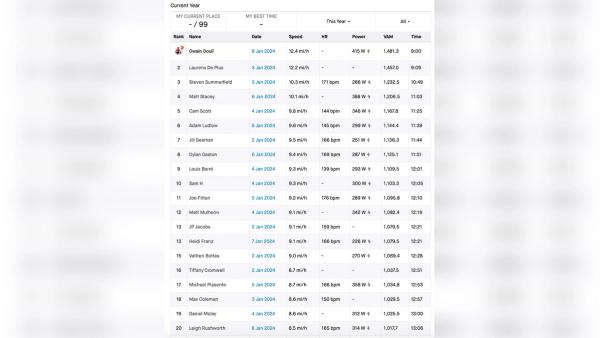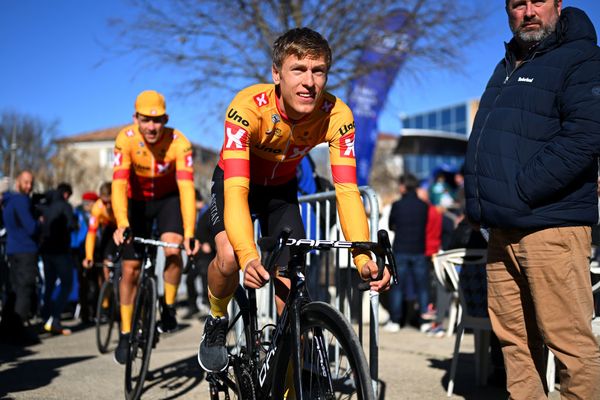Tour de France: unchained and explained
Netflix got you curious? Here is what you need to know before watching the 2023 Tour de France live
Logan Jones-Wilkins
Junior Writer - North America
Photo by Tim de Waele/Getty Images
Tadej Pogacar and Jonas Vingegaard exiting the podium at the end of the 2022 Tour de France
So, you (or someone you love) have watched the Netflix series Tour de France: Unchained and you’re curious about the race. Great! Welcome to bike racing, it is a fantastically exciting, romantic place! It is also more exciting and dramatic if you understand the deeper narrative and dynamics. I should know, I got sucked down the rabbit hole so deep that I made explaining it my career. It couldn't be more exciting than to explain it to you, here with a brand that was built to welcome as many folks into our little niche as possible.
Nevertheless, cycling is a bit like an onion. The layers are so numerous I do not know where I should start in my explanations of cycling to an uninformed Netflix viewer. I am so deep into it I struggle to know what is unknown and what needs demystifying.
To help me with this, I decided to phone a friend. This friend, who is called Olivia, might be like you! She is a 21-year-old woman. Her knowledge of cycling before watching the Netflix series was from conversations we would have while working at the Office of Admissions at the University of Richmond here in the United States. She is far from the classic cycling viewer.
And yet, she loved the series and is set to watch the Tour this summer. To prepare her for the three-weeks of racing around July, and to help me write this explainer for you, dearest reader) I had her text me her questions as they came up during her exploration of last year's Tour de France. What I have done is taken those questions, put them in italics, and tried to succinctly answer them in language that, hopefully, you can understand. I have also provided links and videos from GCN’s rich archive of content that you can click through at your leisure.
The Tour de France – with its 21 stages, 22 teams and essentially 200 characters – is an intimidating beast of a sporting event to get your arms around. Once you do, however, it rewards you with almost bottomless history, a year round narrative that revolves around it and 21 days straight of unique television shows every summer. Hopefully, this article can be your transition from Netflix to the real thing which gets underway Saturday.
The Tour: an individual competition won by teams
How does a team win the general classification?
A team wins the Tour de France yellow jersey by getting one of their riders to the final stage in the least amount of time, aggregated from all the stages. Since the Tour de France started as an entirely individual exploit of personal endurance, the individual component of one winner will always be integral to the sport.
As the physics and biology of cycling has become more understood, the ability for weaker riders to help stronger riders has led to teams forming and becoming inescapably important to an individual winning. So, even though only one individual wins, it is very much a team success. The team dynamics of road cycling are actually more in line with a sport like basketball than a sport like F1. One star is important, but without a strong supporting cast that team will likely fall short.
What is a cycling team and how is it formed?
With that understanding, let's dig into what is a Tour team in this era of pro cycling. To start, 22 teams start the Tour and they are from two different categories. 18 teams are a part of the UCI World Tour, cycling’s equivalent to the EPL or NFL. They automatically get access to all the biggest races all year, including the Tour. World Tour teams are determined by a three year point system where the bottom two teams get relegated to the lower division. The other four teams are a part of the UCI ProSeries teams which is cycling’s second division. One is selected through being the best second division team the previous year, while the other three are discretionary selections from the race organisation. Normally, they’re French.
Each of those teams are then formed around the abilities of that team's strongest couple of riders and by how riders on each squad are performing throughout the year. Every World Tour team has 28-30 riders to choose from and only 8 get selected for the Tour. The competition for those Tour spots are fierce and the last couple of places are often only decided in the two weeks leading into the race.
Remember episode one of Netflix? Well, Fabio Jakobsen was almost left off the Quick-Step squad, squashing his comeback story before it ever began, because Quick-Step's other sprinter is tied for the most Tour stage wins of all time and was, arguably, riding better than Jakobson before the 2022 Tour. His name is Mark Cavendish and he is now on a different team that built a team around him for the 2023 edition. Things move quickly in the peloton.
How does slipstream work?
There are three physical forces working against a cyclist at any point: gravity, air resistance and rolling resistance. Performance in cycling is built almost entirely around managing efficiency against these three forces. In terms of team racing, air resistance is the primary force teammates can mitigate through slipstream, which we call drafting.
Sitting in the draft of another rider can save the draftee 30-60% of energy expenditure on flats and light uphills. That is why teams matter. A leader can have domestiques rotate in-front of them and save energy for the final sprint or a certain climb, which allows them to have more energy to produce the more explosive effort which can make the winning separation. Especially in sprinting, it’s so key to have strong teammates to bring the last sprinter to the finish protected from crashes and at 60-70 kph before they unleash their final acceleration to the finish. These demands are why teams have to, typically, dedicate six of their eight riders to support the other two riders' potential, whether that be two GC leaders, or one GC rider and one sprinter, or even two different sprinters, although that combination is rare.
Why is Wout’s jersey a different colour than the rest of his team?
The Netflix show covered a lot of bases, but inexplicably it left out why Wout van Aert looked like a green highlighter most of the time. My colleague wrote about the green jersey, or more accurately his one piece green skin suit, in our beginner's guide to the Tour de France (which is brilliant and you should read it), but in short it's for the best sprinter. The fact that Van Aert is able to win that jersey and be there in the mountains, however, is incredible and normally would normally not be a question raised by a show like Netflix. But Van Aert makes complications like this come about because he is redefining the sport in his exploits.
Sport's most beautiful stadium
Does the Tour de France follow the same route every year?
No, the Tour de France follows a different route around France every year. Additionally, every other year or so the Tour will start in a foreign country. Last year, the race started in Denmark, before returning to France on the fourth stage. In France, there are locations that are more popular than others.
Every year, except for in 2024 due to the Paris Olympics, the race culminates in Paris. Since 1975, the Champs Elysees has been host to the final finish line. Other staples on the Tour route are days in both the Alps and Pyrenees, the two major mountain ranges in France. There are other rhythms and favourites of the Tour, but that minutea is wading deeper into the folklore of cycling. For now, those basics suffice. Some things change, but the form generally stays the same.
What is the purpose of the time trial?
Within the Tour route, there is always at least one individual time trial. These stages are different because they completely remove the team dynamic from the calculus. Drafting is strictly forbidden and each rider sets off along a short course – typically between 10 and 50 kilometres – every one minute. These races are nicknamed the “race of truth” because they always lead to time gaps between the strongest team leaders, negating the impact of a team for one day. This leads to interesting dynamics in the GC competition and can lead one rider with a weaker team to spring a surprise.
The Tour loves to place one of these time trials at the end of the race to allow for drama in the overall GC all the way to the end of the race. Sometimes, this bet doesn’t work, as shown on Netflix. Other times, as was the case in the 2020 Tour when Tadej Pogačar beat Jumbo-Visma’s Primoz Roglic to gain the yellow jersey with one day to go until Paris, it works wonders. Regardless, time trials are very important.
Interestingly, in 2023 this will be less of the case as the amount of time trialling is limited compared to years past. To learn more about the route, check out this preview to dig deeper into the Tour rabbit hole.
What specific training preparation is done for a race as competitive as the Tour de France?
In short, as much as humanly possible. There is really no sport in the world where the athletes can spend as much time practising as cycling. Annually, pro cyclists will accrue over 1,000 hours of cycling and that is before the other strength training, massage therapy and miscellaneous other tasks they take on to be optimised to perform. Diet is fundamental as well when it comes to success. Not just from a limiting perspective, but also from the perspective that these riders need to eat 350-400 kilojoules (or calories) per hour of racing to be able to perform at their peak. Managing what they eat at all points has been pointed to as the biggest innovation in cycling training since the era of rampant doping in the 1990’s and early 2000’s.
How does high altitude affect cyclists, physically? How does a cyclist adapt their riding to do well at high altitude?
What this looks like for most teams and riders is a series of camps at resorts in the high mountains of Spain, Italy and France for three weeks at a time. This time spent at 2,000-2,500 metres (6,500 to 8,000 feet) allows riders to boost their red-blood cell count which increases their bodies ability to carry oxygen to their muscles at levels of high physical exertion, like the mountain stages of the Alps where Jumbo-Visma stuck it to Tadej Pogačar. It has benefits for both those moments at altitude and for riders all-around, general fitness. Furthermore, these camps let riders live simply, as staff take care of everything they need to focus exclusively on training, and to bond with teammates to form team chemistry.
What is an FTP and FTP intervals?
At these altitude camps, a common training interval will work the lactate threshold system. This will, hopefully, boost a riders functional threshold power (FTP), which is the approximated value at which a rider is going as hard as they could go for about an hour. With time trials and mountains being roughly 20-60 minutes, this level is incredibly important for the GC team leaders. The higher this is, in relationship to their body weight, the higher potential they have to win the yellow jersey.
FTP is a widely used term in cycling, but one that is rarely, if ever, explained to a wider audience. Returning to those three physical factors of cycling – air resistance, rolling resistance and gravity – to gain efficiency against gravity, the force which makes mountains hard, a rider must optimise their FTP and what we call watts per kilogram. Again, this is a deeper discussion, but one that is worth digging into to understand cycling at its most intricate level.
What does it mean when the climb is at a 7.7% average?
Gravity is important and is quantified in cycling by percent gradient of the slopes of the climbs. For those who ride, these percent gradients are easily understood by apps like Strava and Ride With GPS, but for a non cyclist these figures are pretty much nonsense.
To explain most simply, I will quote Emminem: I can’t tell you what it really is, I can only tell you what it feels like.
For those in the United States, 6% grade is the steepest an interstate highway can be. So, 7.7% is essentially that street that was on your way to school, that you rode with your cheap mountain bike on a random romp around the neighbourhood with your friends that you probably would have to walk up. You know the one.
Essentially, the higher the number, the steeper the climb. The steeper the climb, the less drafting matters. The less drafting matters, the more likely there is to be separation between the GC team leaders. We at GCN love steep climbs. Here is a video of a normal person struggling up one of the steepest in pro cycling:
How do the teams develop a plan for terrain they have never seen or cycled on?
Planning for stages used to be a lot harder. In the past, teams would have to send envoys to the far flung mountains of France to drive the routes of the Tour de France. Often the best riders would have to take time away from altitude to scope out the different courses the Tour would take on. While some of these reconnaissance missions still take place, a lot of this prep that had to be done in cars is now done through extremely detailed computer programs, saving time and letting riders and staff spend more time at altitude to prepare for races they physically have not seen yet.
The most prolific of these tools is Veloviewer. Veloviewer creates three dimensional graphs and profiles of the different stages and climbs of the Tour and all the other big races in the world. We at GCN use the same software to craft our previews for the viewers as well. In the same ways in which Veloviewer and the course previews help the professional cyclists, it has helped us journalistic get a sense of what to expect and prognosticate the different possible outcomes of every race. For the cycling fan, this provides a whole new way to watch bike races and understand what to expect when you turn on the TV and tune in.
Watch the 2023 Tour on GCN+
While this article only scratches the surface of the questions Olivia asked me, I believe that it is a start for any new fans' exploration of the 2023 Tour de France. We are expecting another thrilling edition of the race and we are thrilled that here at GCN to provide the most in-depth live coverage of the 2023 Tour de France with full-stage coverage in multiple languages as a part of any GCN+ subscription. Additionally, through our GCN+ documentaries and GCN Youtube channel you can find years of professionally produced, diverse cycling continent that can answer any questions you might have about this lovely sport and this amazing race. You can also buy the book we wrote on understanding the sport more on our online shop or with this link here.
Latest Videos
1Will Tadej Pogačar Win The Giro AND The Tour? | GCN Racing News Show

2How to Upgrade Your Disc Brakes

3I Took A Recumbent To A Bike Race... This Is What Happened!

4This Recumbent Superbike Is Faster Than Your Road Bike! Here's Why...

5Experience Vs Power! Can Simon Defeat The World’s STRONGEST Cyclist?

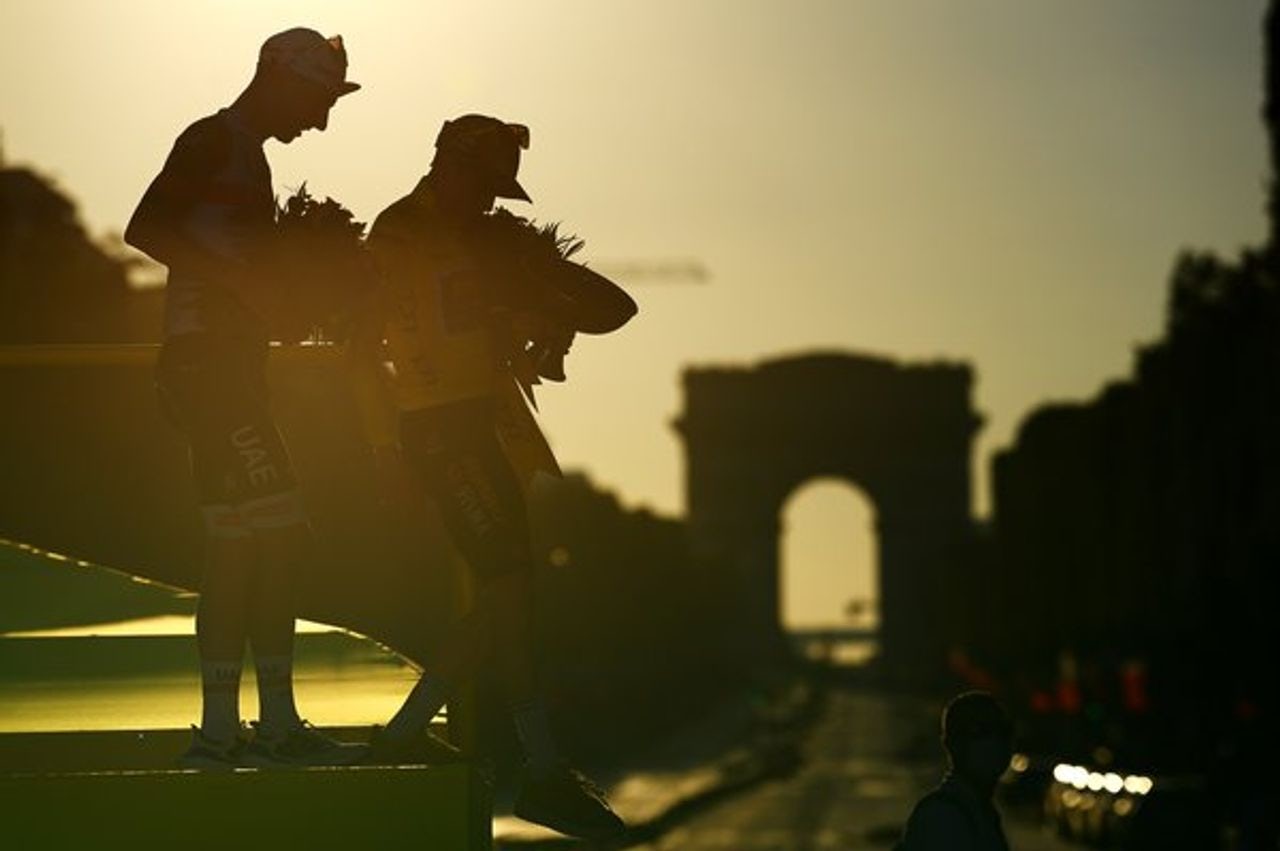


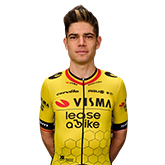
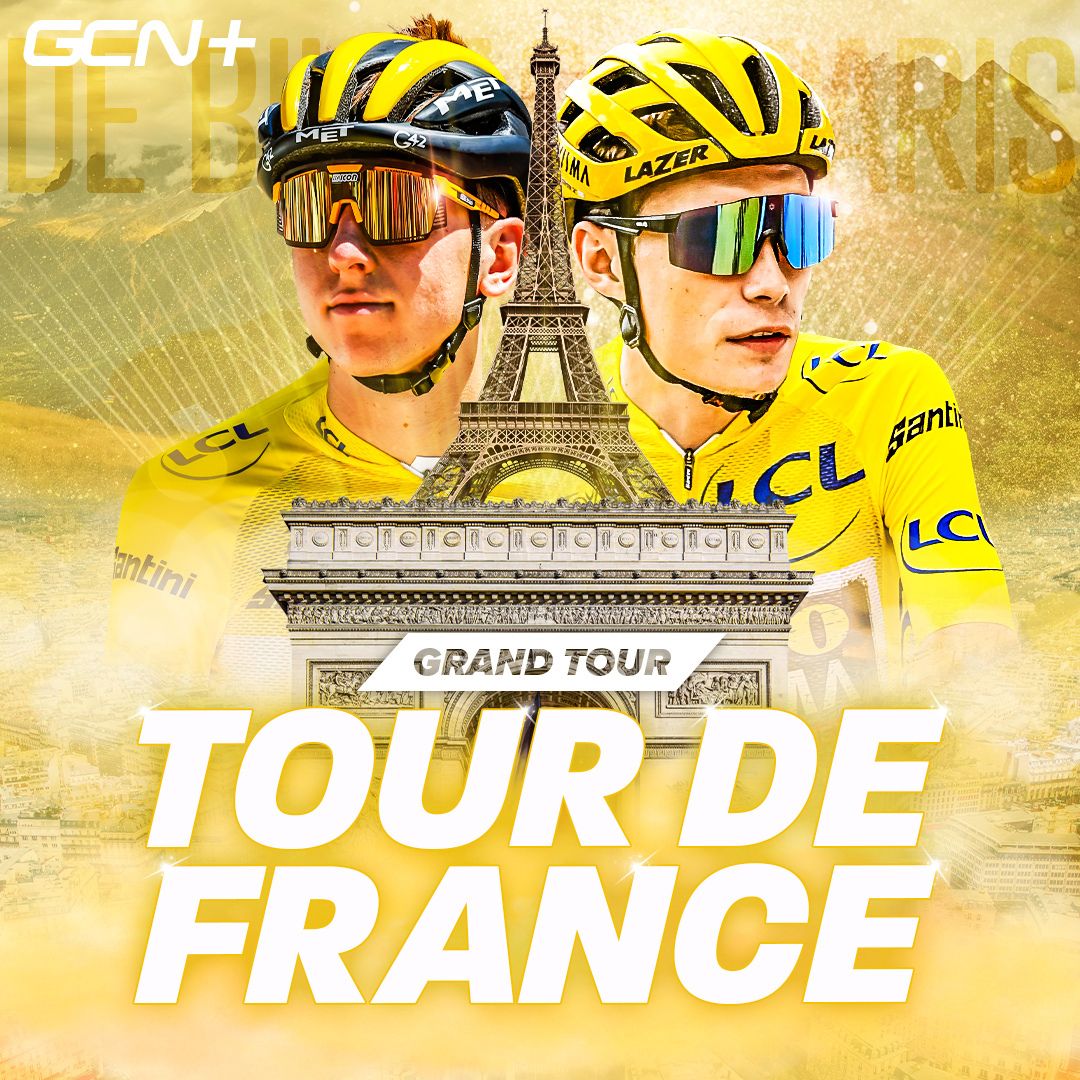MAIN.jpg?w=600&auto=format)

.webp?w=600&auto=format)

